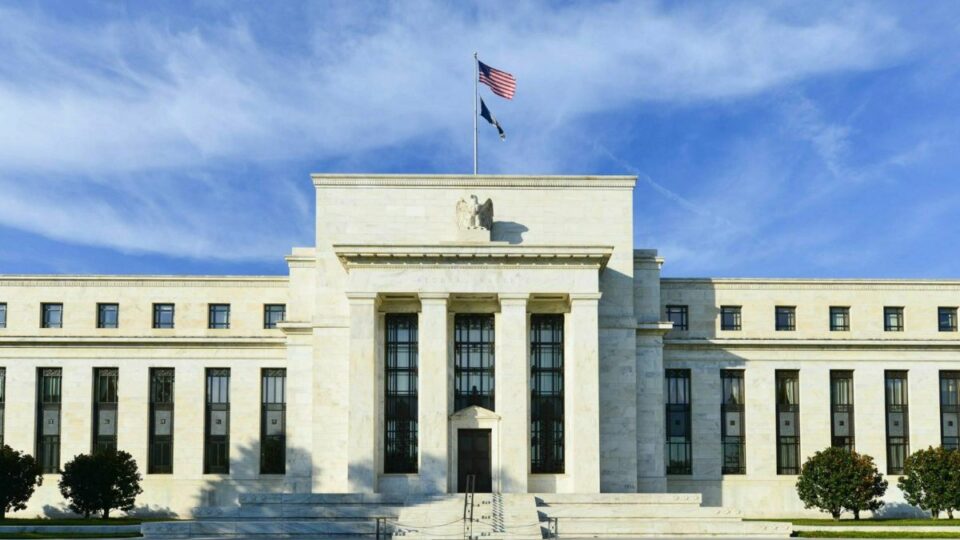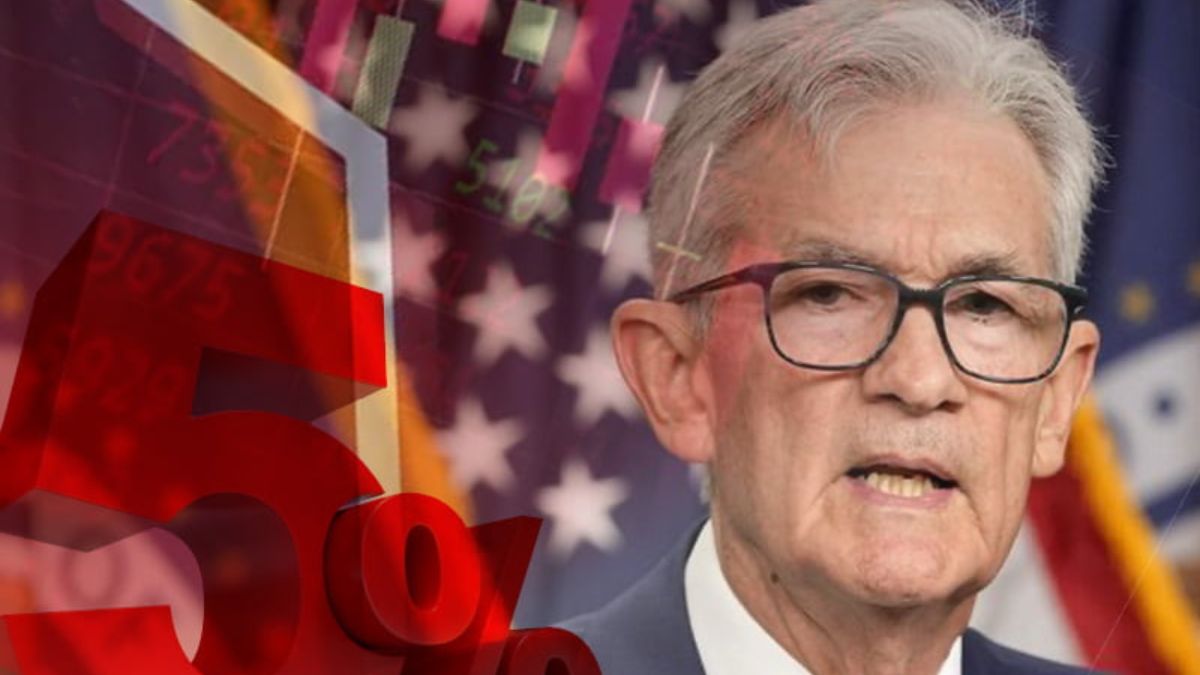On September 18th, the Federal Reserve cut interest rates by 50 basis points—one of the most aggressive cuts in recent memory. This decision had immediate effects across markets, especially precious metals.
Following the Fed’s announcement, gold spiked to $2,600/oz, retreated after Fed Chair Jerome Powell’s more hawkish-than-expected press conference, and then continued a steady climb to new all-time highs. Gold has locked in an impressive 27.45% return so far this year.
The bigger picture for gold remains promising as financial conditions continue to loosen.
Gold’s role in a changing landscape
Gold acts as a stabilizing asset during times of economic instability. The Federal Reserve’s decision to cut interest rates can be seen as a signal that the economy needs support. The last time the Fed cut rates was in early 2020, during the onset of COVID-19.
This is one of the reasons lower interest rates tend to drive marginal buyers into the market and boost gold prices. However, this relationship isn’t always straightforward.
Looking ahead, the big question is: How should gold investors respond to this volatility?
Why interest rates and gold move together
Gold is a non-yielding asset, meaning it doesn’t generate interest like bonds or money market accounts. When interest rates rise, the opportunity cost of holding gold increases because investors can earn better returns elsewhere. When rates fall, gold becomes more attractive.
This, combined with inflation concerns, supports higher gold prices over the coming months.
Gold’s price action during times like these highlights its enduring value. The underlying fundamentals remain the same—debt is rising, inflation is persistent, and the long-term outlook for gold remains bullish.
As public and consumer debt reaches record highs, gold remains a critical component of any well-diversified portfolio.
What this means for gold investors
If you’re investing in gold or considering adding it to your portfolio, here are some key takeaways:
- Don’t get caught up in short-term volatility. While gold’s price fluctuates in response to rate cuts and central bank announcements, the long-term fundamentals remain strong. Gold continues to serve as a hedge against economic uncertainty and currency devaluation.
- Expect continued volatility. While the reaction to the rate cut was ultimately positive, markets were quite volatile when Powell emphasized the possibility of a higher neutral rate. This type of price movement is common after major policy announcements, so expect more fluctuations in the near term.
- Focus on fundamentals. The ongoing issues of rising national debt and consumer credit, coupled with global economic challenges, support a continued demand for gold. Consumer debt levels have surged to new highs, and the U.S. is now paying over a trillion dollars annually just in interest on federal debt. These economic pressures underpin the case for gold’s long-term stability.
- Watch for silver. Silver tends to move alongside gold but is more affected by industrial demand. Lower interest rates could spark economic activity, which may support silver prices in the long run. However, silver’s lagging performance compared to gold highlights its unique role in both the industrial and precious metals markets.
Final thoughts
While price fluctuations are inevitable, savvy investors should focus on the long-term outlook. By holding gold as part of a diversified portfolio, you can hedge against the uncertainties that lie ahead.
Now is the perfect time to take action. Download the Vaulted app and start building your precious metals portfolio today. Whether you’re new to gold investing or looking to expand your holdings, our app makes it easy to make purchases, set up a VaultPlan, and take control of your financial future.
Already have an account but haven’t made a purchase yet? Log in and explore your options now.
If you’d like to discuss your portfolio or get personalized advice, our team of precious metals advisors is here to help.












